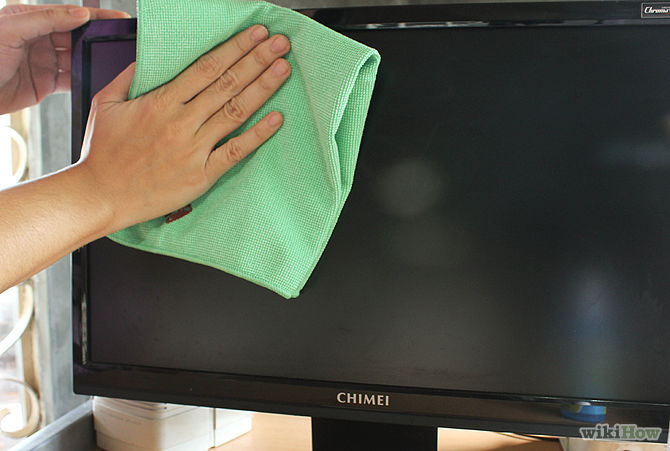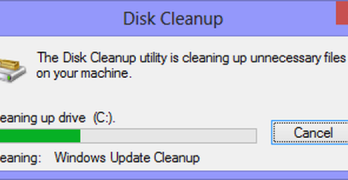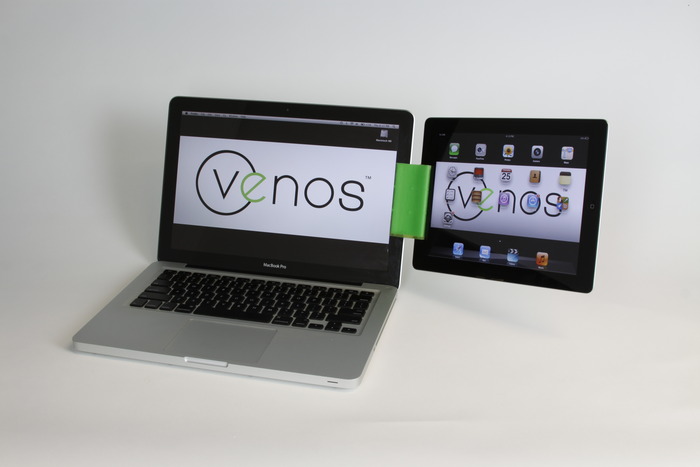One thing I loved about my old PowerBook (and any Mac laptop in general) was that the sleep times were very long. For some reason, the OS or the architecture of Apple notebooks was so power-efficient that you can actually leave it on standby mode (called sleep by Mac users) for days, but the drain would be very minimal (about 2 % per day or so).
One of my other laptops, a Compaq V2000, wasn’t so great with standby times. It would eat about 5% per hour. So leaving the laptop sleeping in my bag all day would cause it to drain 1/3 of its battery juice. I’m not so sure if it’s because of the operating system, or simply because of the architecture. I noticed that having the laptop sleep under Windows XP ate a little less power than when it was sleeping under Linux (Ubuntu Feisty Fawn).
Same with the Asus Eee. I’m running the default Xandros OS, and whenever I put the Eee to sleep, it would eat up about 10% of the battery’s remaining capacity every two hours.
Frankly, that sucks. For me, one purpose of having a long sleep mode battery life is so I could just close the lid, stick the laptop in my bag, and go my way. Sleep and recovery times are usually very quick–just under 5 seconds on the Eee. Two seconds to sleep, and about 5 seconds to wake up.
However, do consider that booting up the Eee from a powered-off state only takes about 30 seconds. So there’s no question that booting up is almost as quick as waking up on some other laptops (usually those that run Windows). Still, the point behind sleeping instead of shutting down a laptop is that all your applications and documents are still in the state you left them.
Well, one solution could be auto-startup of your favorite apps. But that’s for another post.



